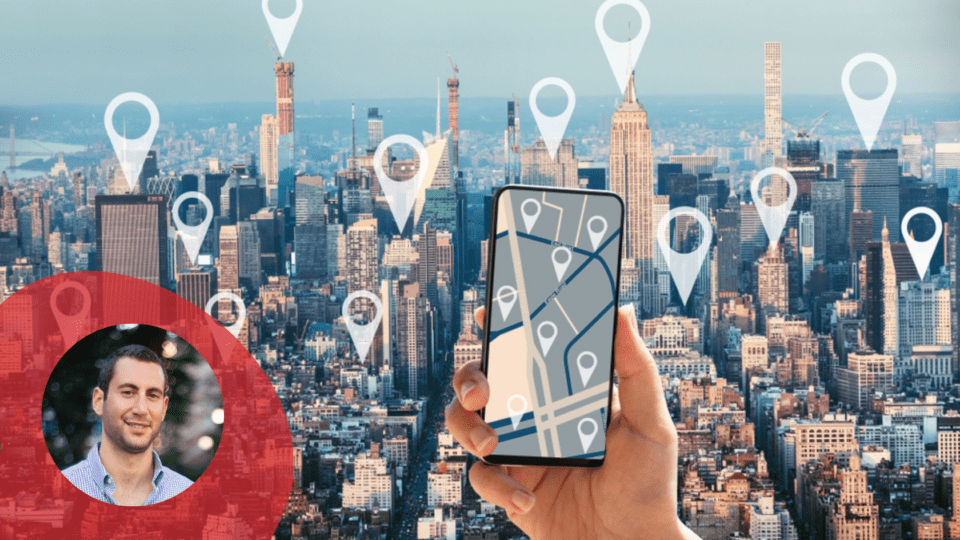As consumers increasingly adopt hybrid and omnichannel experiences, retailers must adapt to meet changing consumer expectations. Consumers expect brands to provide seamless access to products and services via mobile apps. However, many retailers struggle to deliver these experiences because of limited resources and a lack of expertise.
According to a commissioned September 2022 Forrester Consulting study conducted on behalf of Radar, Transform The Customer Experience With Location Data, 57% of retail and restaurant CX leaders say they struggle to personalize experiences across both digital and physical channels, and 76% said their companies’ inability to analyze data well enough also impacted the quality of customer experiences.
Location-Powered Experiences Drive Results
Leading retailers have addressed these challenges head-on by adopting new technology such as location infrastructure. Location infrastructure gives retail product and operations teams the ability to tackle logistical challenges and labor shortages while offering customers an improved experience in-store and during order fulfillment. Retailers use location to deliver stellar experiences for customers through their brand’s mobile app. Since over two-thirds of consumers use their mobile devices while shopping, their mobile app is one of the highest-scale ways for retailers to interact with their customer base.
We’ve seen many very impactful location-based retail strategies that supercharge operational efficiency and drive customer satisfaction — these are the top three:
Advertisement
1. Offer rapid turnaround for on-premise orders.
Customers expect a seamless shopping experience, and in-store shopping modes that offer quick pickup can save customers time and hassle. Geofences around these brick-and-mortar locations can detect when a customer arrives at the store, prompting an option for an exclusive, in-store app mode. In this mode, customers can pre-order items, skipping the line and making for a more seamless shopping experience that drives repeat visits.
2. Provide seamless checkout options with digital rewards and payment options.
In addition to quick pickup, customers expect a speedy and secure checkout at the end of their shopping experience. As virtual wallets and other digital forms of payment have increased in popularity, location can be used to power automatic payment offers and loyalty rewards. Rewards programs can be tailored based on a customer’s location to notify them of regional or nearby offers.
American Eagle, for instance, provides in-store self-checkout via the brand’s mobile app. When a customer enters an American Eagle geofence, the app offers an option for self-checkout, allowing customers to skip the line and check out faster.
3. Incentivize online orders through the mobile app when an item is out of stock in-store.
Lastly, retailers can turn disappointed customers into delighted customers by offering free or expedited shipping on an online order when an item they’re searching for isn’t available in-store. This feature allows retailers to save the sale and provide value in-store — even when faced with supply chain interruptions.
JOANN uses geofences to power a free shipping coupon to customers shopping in-store, allowing them to receive their goods at no additional cost — even when they’re out of stock at that specific location.
How do These Strategies Drive Results?
Location infrastructure allows retailers to improve the customer experience both in-store and online. By offering value to customers through location-based mobile app features, retailers can incentivize opt-in rates, increase app usage and retention and more.
- Increase app ratings: With location-powered features such as in-store mode, self-checkout, loyalty programs and more, retailers can increase the value of their mobile app and boost app downloads, engagement and positive ratings.
- Retain sales: Customers may visit a competitor if they can’t locate their items in-store due to low stock. Retailers can save the sale and keep customers satisfied by offering alternative purchase options at no additional cost when a customer is in the store and ready to make a purchase.
- Boost staff productivity and reduce wait times: Location infrastructure helps retailers to reduce staff costs. Customers can take advantage of self-checkout options in-store, reducing wait times and the time for a staff member to complete the checkout. Additionally, when customers order items for pickup, their orders can be queued based on the customer’s location, allowing staff members to prioritize order preparation.
- Build stronger relationships with customers: By tailoring the customer experience, retailers can build much stronger relationships with their customer base, resulting in repeat visits and increased sales.
Retailers must consider adopting location in order to continue meeting and exceeding customer expectations. By adding location infrastructure to their tech stack, retailers can deliver the hybrid experience consumers expect to receive.
Coby Berman is COO and Co-founder of Radar, a leading geofencing platform empowering engineering, product and marketing teams to increase engagement and improve operations by delivering timely and relevant location-based experiences. Radar is trusted by American Eagle, Panera and Afterpay. Berman was previously the Director of Sales at mParticle and on the business development team at Foursquare.




